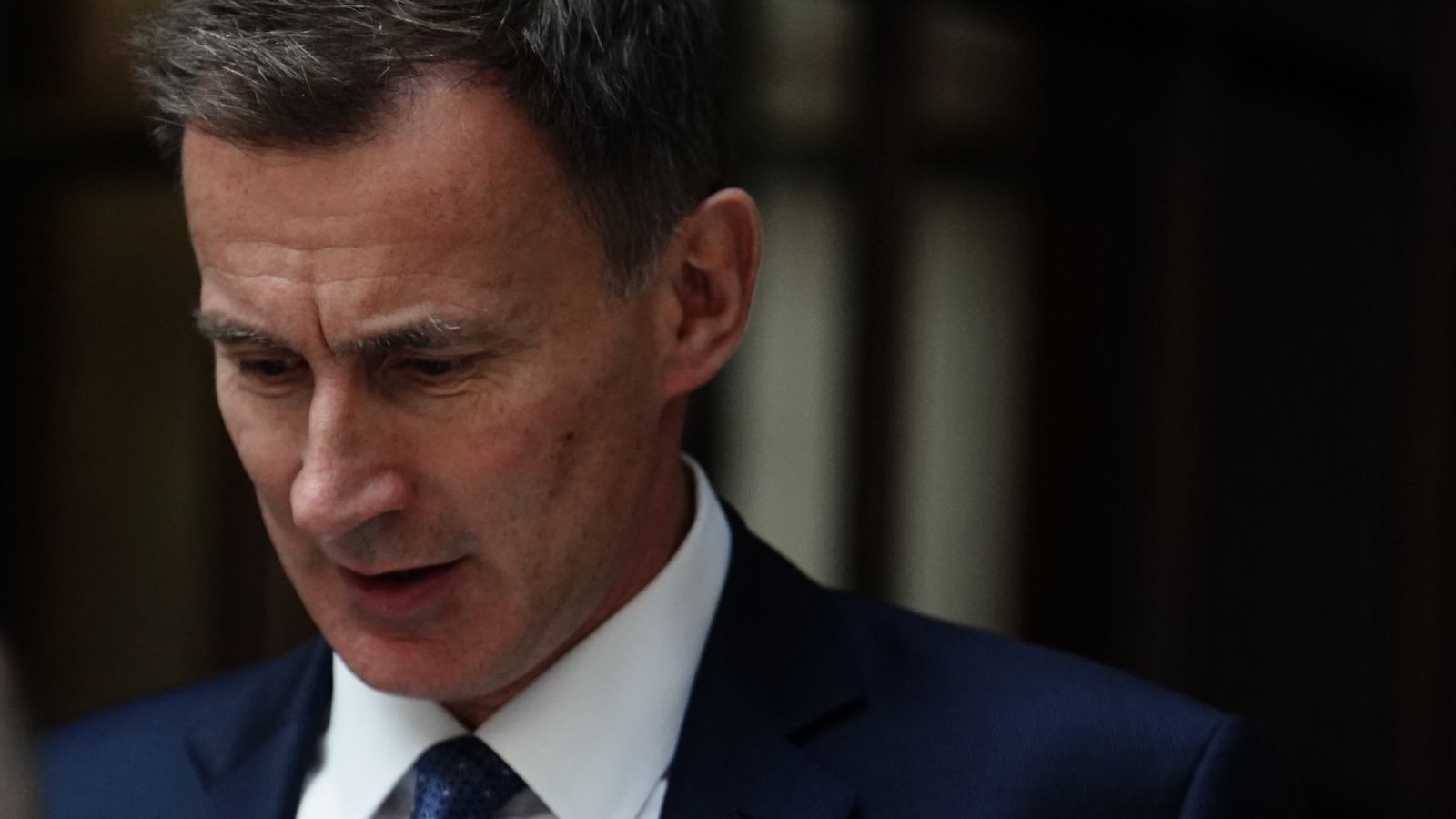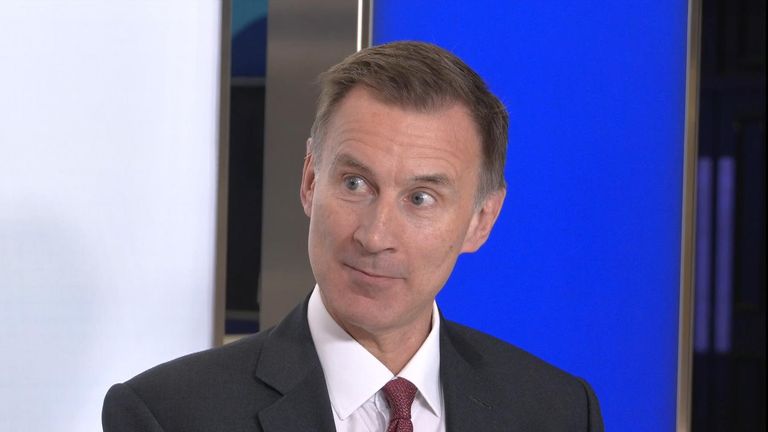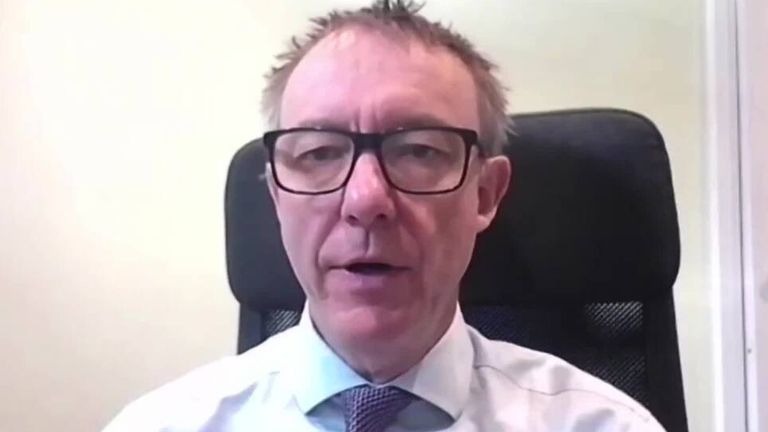Chancellor Jeremy Hunt has warned of a crackdown on “public sector waste” and focus on tackling debt after official figures showed weaker than expected borrowing last month.
The Office for National Statistics (ONS) said public sector net borrowing stood at £14.3bn last month, £1.6bn less than a year earlier.
The figure was well down on the £20.5bn forecast by the Office for Budget Responsibility (OBR) earlier this year.
Nevertheless, the sum took government borrowing during the first half of the financial year to £81.7bn – more than £15bn up on the same April to September period in 2022 despite record levels of tax.
Mr Hunt is under pressure from within his own party to improve his party’s electoral prospects by announcing a series of tax cuts in his autumn statement to MPs due on 22 November.
Inheritance and corporation tax are two areas where the chancellor has faced intense lobbying.
He, however, has already strongly signalled that it is no time for giveaways or cuts, given a surge in the increase in the cost of servicing the UK’s debt pile.
The ONS put net debt at £2.59trn at the end of September.
That equates to almost 98% of the country’s annual gross domestic product and is 2.1% up on the same time last year.
The chancellor said last week that higher interest rates were likely to cost an extra £20bn-£30bn a year.
He has prioritised bringing down inflation given that tax cuts are, by their nature, inflationary as people have more money in their pockets to spend.
Easing inflation helps cut the cost of servicing the debt pile as 25% of it is linked to the Retail Prices Index measure.
The ONS said that cost burden was £7.2bn less last month than in September 2022 due to slowing inflation.
However, the amount the UK government has to pay – the yield – to borrow money for 10 years via its benchmark 10-year bonds – known as gilts – rose to more than 4.7% on Thursday.
That figure is near a 15-year high and reflects market worries that central bank interest rates will stay higher for longer.
Rising yields, which are a problem across Western economies as a whole, add to the Treasury’s costs at a time when the weaker economy threatens to hit tax receipts.
A report by the Resolution Foundation think-tank earlier this week suggested that if current market forecasts were correct, debt will reach roughly 140% of GDP over the next 50 years.
The ONS figures were the last set of public sector finance data to be included in the OBR’s forecasts ahead of the Autumn statement.
Mr Hunt said: “We had to borrow during the pandemic to protect lives and livelihoods, but since then Putin’s invasion has pushed up inflation and interest rates.
“This means we spent twice as much on debt interest last year as we did the previous year.
“This is clearly not sustainable; we need to get debt falling and reduce public sector waste so that those delivering public services can get back to what they do best; teaching our children, keeping us safe, and treating us when we’re sick.”



